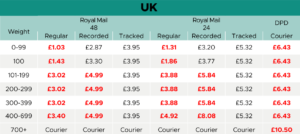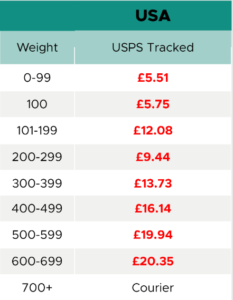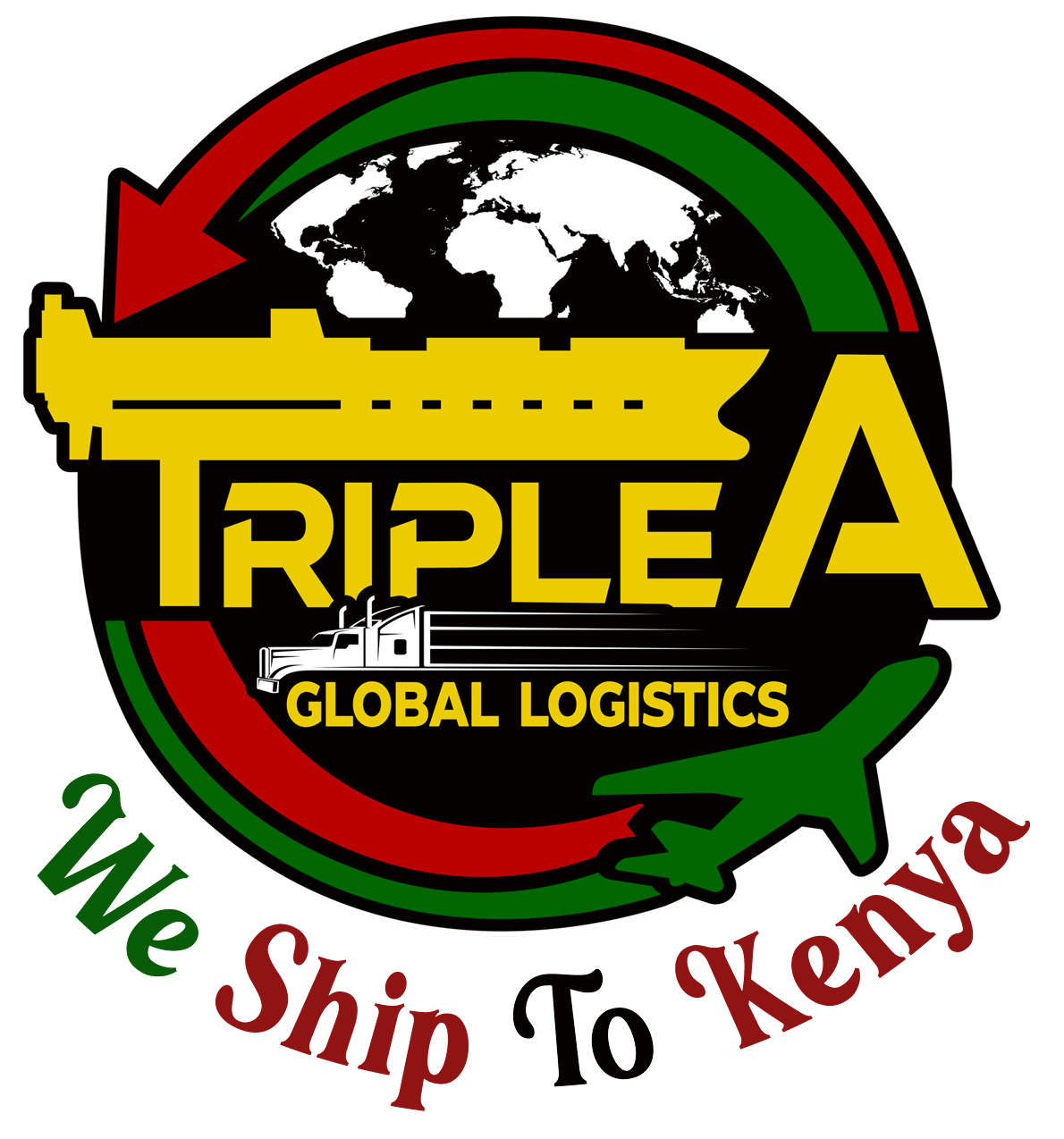Call Us:
+44(0)2039579445
+254 111 81 81 81
Mail Us:
info@tripleafreight.co.uk
Triple A
 Several factors influence the cost of shipping from the UK to US, such as:
Several factors influence the cost of shipping from the UK to US, such as: Comparison of Different Shipping Methods
Comparison of Different Shipping Methods
Comments
Thank you for your sharing. I am worried that I lack creative ideas. It is your article that makes me full of hope. Thank you. But, I have a question, can you help me?
Thanks for sharing. I read many of your blog posts, cool, your blog is very good.